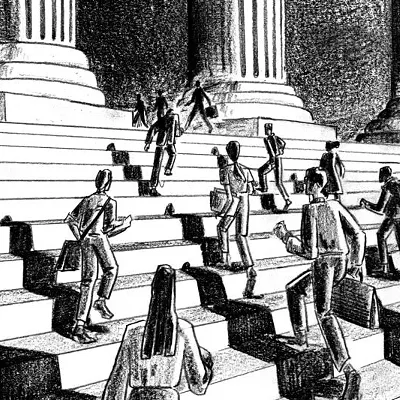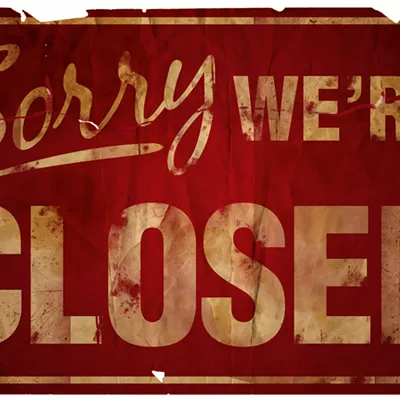Under the New Deal, two important laws were adopted: The National Industrial Recovery Act (NIRA) was signed on June 16, 1933; part of it asserted the right of workers to join unions and engage in collective bargaining. That right was enhanced by the adoption of the National Labor Relations Act, signed July 5, 1935, establishing the National Labor Relations Board (NLRB).
Establishing the NLRB was landmark change in relations between employers and workers. The NLRB brought peace and order to the union organizing process through a certification process. First, a union obtains signatures of employees on cards authorizing it to represent them in negotiations. The union must get signatures of 30 percent or more eligible employees. The union files with the NLRB a request for an election and an NLRB staff person checks the signed cards against the employer's list of workers and sets up an election. If the union wins the election, it is certified as the bargaining agent and the employer must negotiate with the union in good faith.
Unions welcomed the law, of course, and lobbied hard against an act that changed much of its provisions: the Labor-Management Relations Act of 1947 (Taft-Hartley Act, named for its congressional sponsors) was adopted over the veto of President Harry Truman and became law August 22, 1947. It banned wildcat strikes, allowing courts to fine unions for damages in such strikes. It also curbed other union activities and increased courts' injunctive powers (President Bush just invoked a provision to establish a "cooling-off" period in a dispute between West Coast longshoremen and their employer.) Still another piece of legislation affected union functioning: the 1959 Labor Management Reporting and Disclosure (Landrum-Griffin) Act, making labor unions disclose their internal functions to public government review.
In 1981, President Reagan not only defeated a strike by the Professional Air Traffic Controller's Organization (PATCO), he also quickly destroyed the union. The Reagan administration appointed anti-union members to the NLRB, changing its complexion It was the beginning of the decline of labor unions in America.










